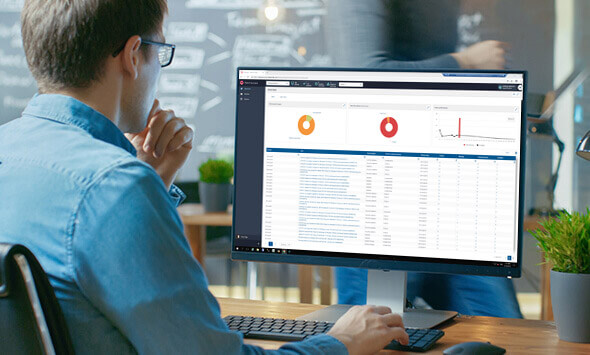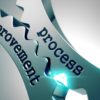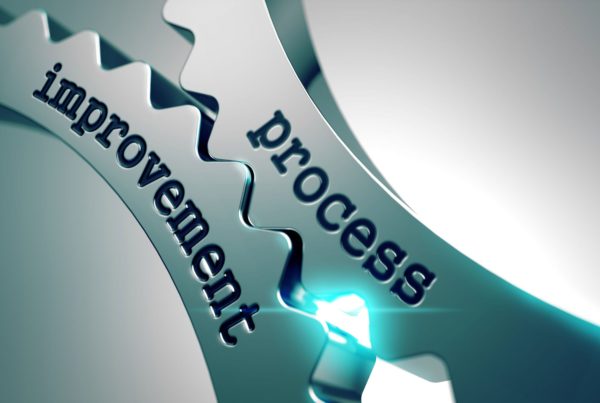As we talked about in our last post, an ERP system is necessary to handle extensive resources for many businesses. But not all ERPs are created equal; different businesses have different needs. Implementing an ERP means aligning your business’ systems, and can be a large investment, so it is imperative to make sure that you are investing in the solution that makes sense for your business.
When you implement an ERP system, you must ensure it meets your business requirements. Through process mapping and review, you can ensure that the system meets your business’ goals. In the end, the ERP will work to augment, standardize, and in some cases replace, existing business processes.
Process mapping is crucial to a successful integration of an ERP software in order to:
1. Find your business’ fundamental requirements
A thorough process map will find your company’s fundamental requirements from an ERP, which can be matched to an ERP system to ensure that all your requirements are met. A process map will reveal all the moving parts of your business and will help you understand which ones can and should be automated by an ERP. It also will reveal any areas of your business where processes need standardization, allowing you to eliminate inefficiencies in your business’ structure.
2. Meet the needs of all your users
A thorough process map will also ensure that no one is left behind. An ERP is meant to be organization-wide: it should automate and integrate processes across all departments and divisions in your business. This includes considering which software your ERP will need integration with. Does one department crucially require integration with Excel or other Microsoft products? Do different departments store their data using different database management systems? All of these must be considered before picking an ERP.
3. Ensure support is sufficient throughout implementation
A good implementation process is one which is as unobtrusive and seamless as possible. All new users must be trained in the use of the ERP, and Standard Operating Procedures for interacting with the software should be written. Additionally, training should be provided to all users that highlights how the software can make their working lives easier and more efficient, to ensure that new users actually use the new software. Knowing your business processes inside and out in advance will ensure that users are trained in all the essentials they need to know for their business, and that no issues occur from a vital business process’ integration into the ERP not being understood.
An understanding of your business’ prior processes will also help with the initial import of your existing data into the ERP system, to make sure it happens as quickly and seamlessly as possible.
Are You Ready to Consider an ERP?
ERP is vital to the successful, sustainable growth of a business, and Propel Solutions is available to help you choose an integrate a system every step in the way. Our talented and experienced process mapping professionals will help you determine the needs of your business and choose an ERP, and our implementation-focused outlook will help you train your users to ensure that the transition to ERP is seamless. We have experience with integrating solutions across all departments of large, growing organizations – from Microsoft 365 to SAP 4/Hana.
If your organization could benefit from a transition to ERP with Propel Solutions, contact us at [email protected], or fill out the contact form below.








